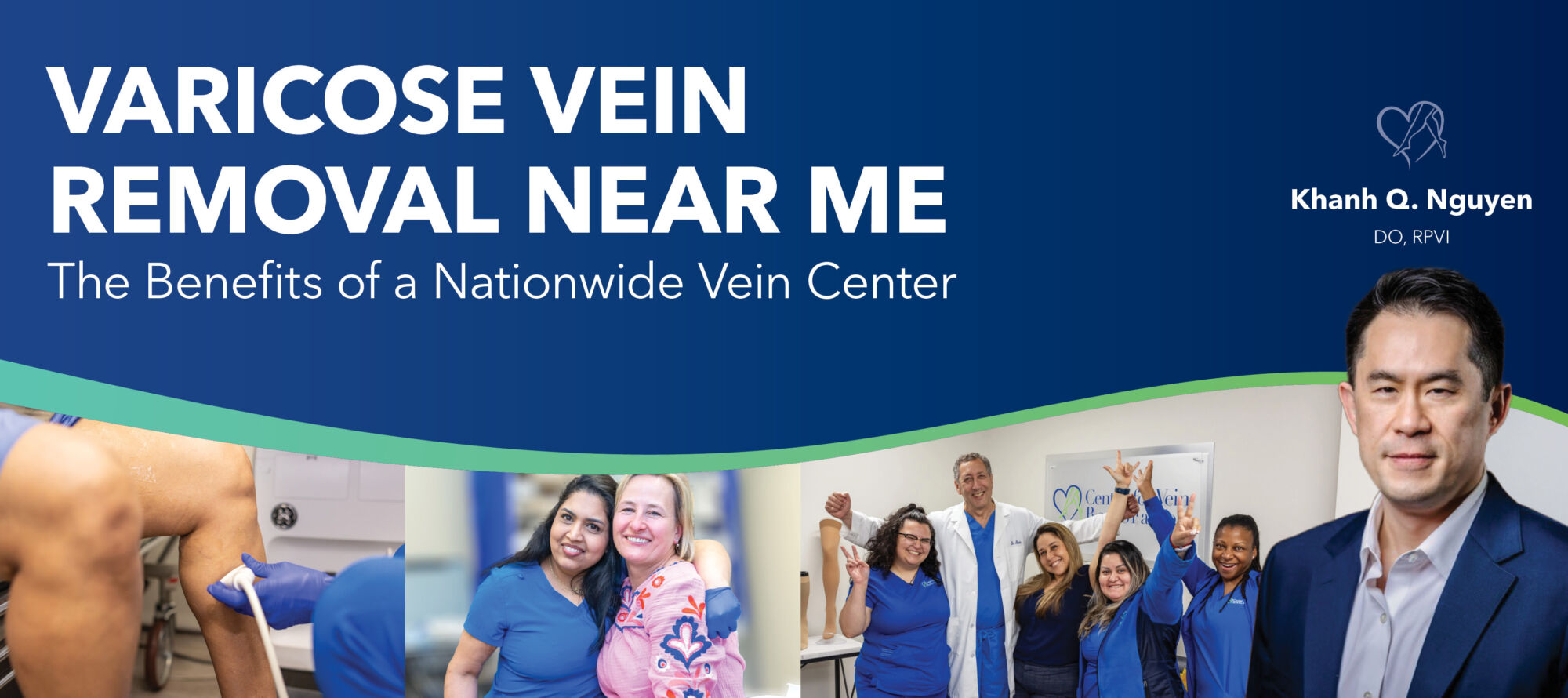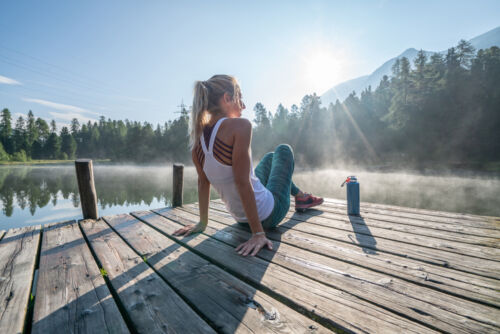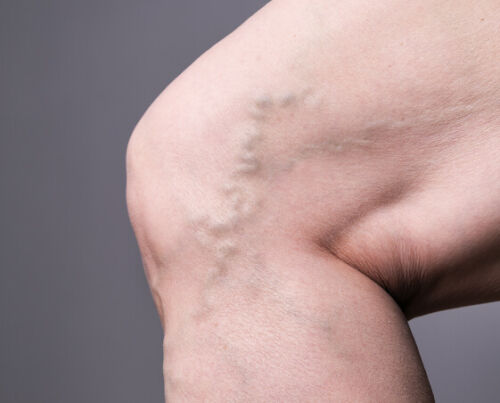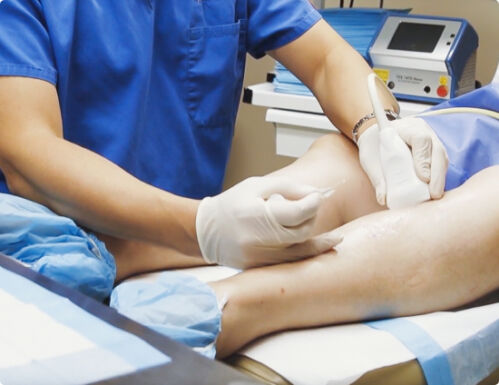

Are painful, unsightly varicose veins a major source of worry for you as the summer season approaches? Those bulging, twisting lines that frequently appear on the lower legs can cause significant embarrassment, particularly with shorts season right around the corner. This year, don’t dread summer. Instead, use this time to prepare for the season with a vein treatment that will eliminate those ugly veins and their painful symptoms. At Center for Vein Restoration, we are ready to help you find the procedure that will get you vein-free before the warm weather rolls in.

Traditional vein stripping is a surgical process that requires general anesthesia and is usually performed in a hospital. Two or three incisions are made along the affected vein, from the groin to below the knee. The top of the vein is cut and clamped off. A thin wire “stripper” is threaded down through the vein, removing the vein by either collecting it in an umbrella-shaped head or fastening the vein to the wire and pulling it along as the wire travels down the leg.

It may seem hard to believe with snow still on the ground, but summer is just around the corner. As you begin dreaming about long, lazy days and sunshine, think about how your legs are going to look in those shorts and bathing suits. Are spider and varicose veins detracting from your appearance and making you self-conscious about donning your summer wardrobe? If your answer is yes, the good news is there is still plenty of time to treat those veins and achieve sleek, smooth legs for the upcoming season.


People suffering with the skin condition rosacea know all too well how difficult it is to get the embarrassing visible symptoms of the condition under control. Veinwave can effectively eliminate the veins that often appear on the faces of rosacea patients to produce a clearer complexion. The device has been widely used in Europe for this purpose and some physicians in the U.S. will use Veinwave as a successful rosacea treatment as well.

Spider and varicose veins can create a significant cosmetic embarrassment for sufferers. But are they more than that? In some cases, visible veins can be an outward symptom of a more serious underlying medical condition.

A quick injection into your veins can provide long-lasting relief for varicose and spider veins. Since at least the 19th century,

Varicose veins, those bulging, twisting networks that often appear on the lower leg, are a relatively common condition for both men and women in the middle years of life. Risk factors for varicose veins include heredity, weight gain and prolonged periods of standing or sitting in the same position. Some occupations that require long periods on your feet can increase your chances for developing varicose veins as well.